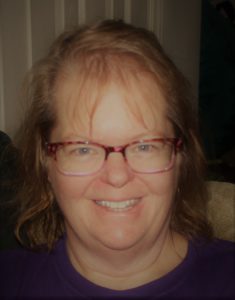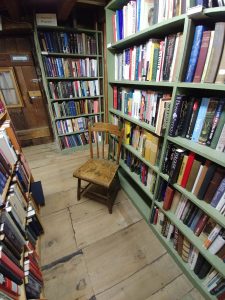In today’s world of literature, no matter what genre you read, you are likely to come across romance. I read a broad range of genres: historical and contemporary romance, fantasy, YA, mysteries, crime novels—pretty much everything except science-fiction, horror, and erotica. I don’t mind a steamy scene, but don’t give me details. In all of the genres I read, most of the books in those genres include some romance, whether it be the main story line, a single scene between minor characters, or just a hint of attraction between characters.
What does this mean for writers? It can mean a couple things: 1) you can include a romance in whatever genre you are writing, if you choose to; 2) adding a romance to your genre may appeal to and attract a larger audience.
Everyone has a need to be loved. Maybe that’s why it’s so popular to include some type of romance in a novel of any genre. I recently read a murder mystery that was written like an old classic, but the detective found the woman, who received a threat against her life, attractive. He thought about the possibility of a date with her. That was the extent of the “romance” in that book, but it still offered a taste of romance for the reader.
In the first book of a fantasy series I read, there was no romance. In the second book, the protagonist’s romantic interest is introduced, but the romance doesn’t really become a big part of the story until the third book. Even then, it’s not the main story line. It never really becomes the main story line throughout the four books in the series. Even in the sequel, where they finally are able to marry, there are many other things they must experience and deal with before they can marry near the end of the sequel.
Through these examples, you can see that you don’t have to be an experienced or successful romance writer to add a bit of romance to whatever genre you write. Simply add some attraction, or make the romance a secondary story line. If you want more romance, read a romance book or two, or talk to a romance writer.
Romance is often the beginning of love and everyone wants to be loved. Therefore, no matter what genre you write, you can include a little bit of love. It will not detract from your story. It will add something to your story, and may even attract more readers to your books.

Kelly F. Barr lives in Lancaster County, Pennsylvania. She is married and has three sons. She writes historical romance. She has also been a blogger for ten years, and every Friday, you can find her Flash Fiction stories posted for your reading pleasure. She loves her family, including the family dog, books, walks, and chai lattes.
You can find her online at:
Website: https://kellyfbarr.com/
Twitter: https://twitter.com/kellyb_26
Facebook: Kelly F. Barr, Writer


